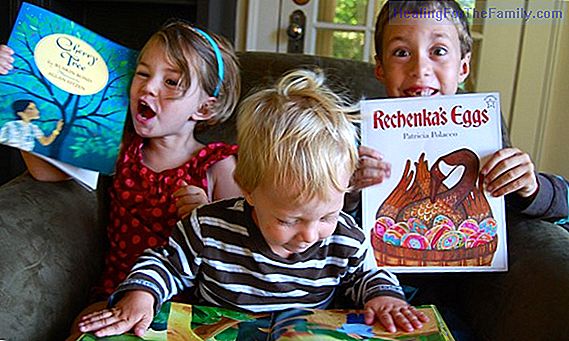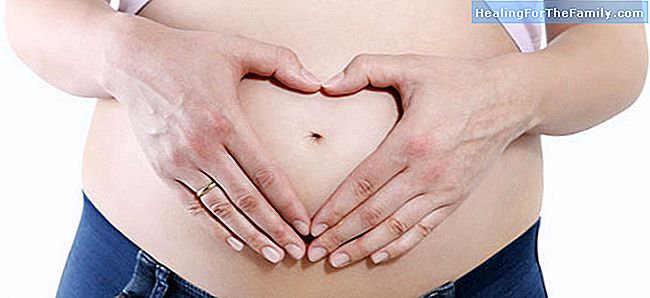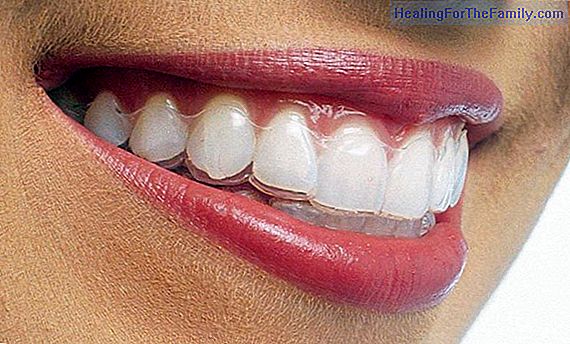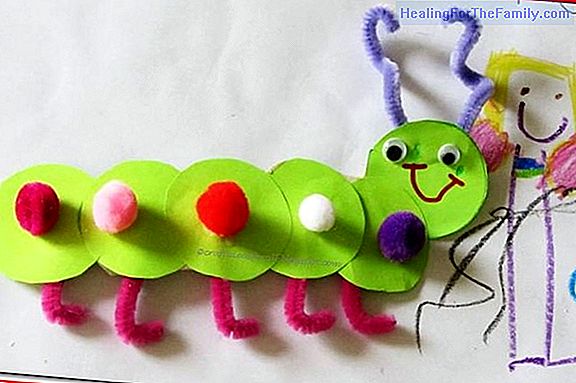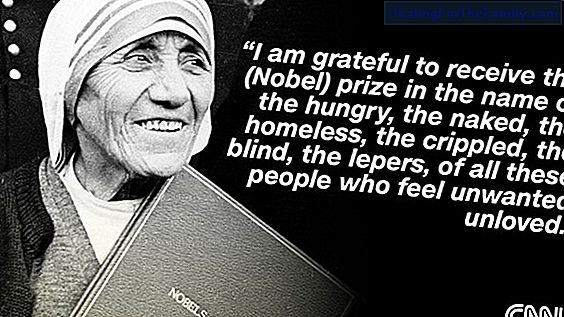Jacobson relaxation method for children
Being relaxed means feeling calm or in a state of rest where the level of physiological activation is at a minimum. To achieve this state of "rest" we can use the so-called relaxation techniques with children. Thanks to relaxation techniques we can combat negative emotions, and help children to gene
Being relaxed means feeling calm or in a state of rest where the level of physiological activation is at a minimum. To achieve this state of "rest" we can use the so-called relaxation techniques with children.
Thanks to relaxation techniques we can combat negative emotions, and help children to generate strategies and acquire skills to control certain behaviors, reduce and face fears and anxiety effectively.
All the techniques used today to get away from these noxious emotional states begin to acquire their structure from "progressive muscle relaxation", it is the Jacobson relaxation method niños for children and adults, a technique of Stress treatment developed by Edmund Jacobson in the early 1920s.
Relaxation techniques according to the child's age
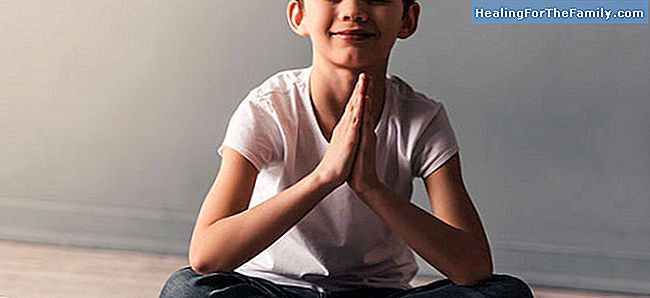
During childhood, parents should guide and supervise relaxation techniques as the child grows and learns them and incorporates them as a habitual mechanism to deal with stressful situations.
- Since the first year of life, relaxation can be appearing: singing songs softly, swinging in the arms, etc.
- Early childhood. After 2 and a half years when children acquire the ability to communicate verbally is when you can begin to introduce relaxation in the form of a game.
- Childhood. It is at this stage (7-9 years) when more structured techniques can be introduced. It is now when it may be advisable to use Jacobson's relaxation technique for children adapting the technique to the child's age.
Technique of progressive muscle relaxation for children
This technique consists of learning to tense and then relax the different muscle groups of the body so that the child can distinguish between different sensations when the muscle is tense or relaxed.
Once the child has become accustomed to these sensations, he will be in a better position to identify those everyday situations that create tension and anxiety.
How to apply Jacobson's relaxation technique with children
With this technique we start by focusing on the relaxation of arms and hands in the first session. In the following sessions the head, neck, shoulders, chest, back, stomach and, finally, the legs are progressively incorporated. This order can be changed according to the needs and age of the child.
Once a muscle group is working, it can be passed on to the other and always using the same instructions directed to the child noticing the differences between tension and distension of muscles.
When all the muscle groups have been worked on, one can move on to the second phase in which the relaxation will be applied but not the previous tension. Some tips:
- It is better to use this technique at night, before going to sleep. The child should be comfortable and slightly incorporated: on a sofa, or in bed (with a pillow on the back).
- The first instructions should be focused on creating a climate and tranquility environment: "You feel comfortable and relaxed ..."
- Then go introducing more specific instructions such as: "When I tell you, close your fist all as strong as you can. "
- Wait a few seconds (7 more or less) to give the next instruction. "Drop your arm on your legs."



